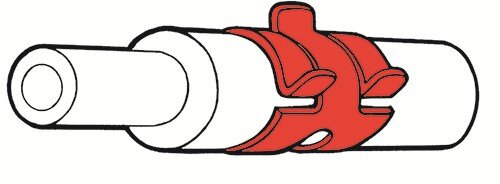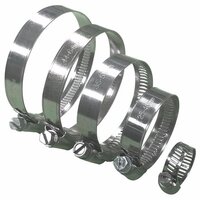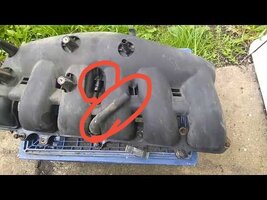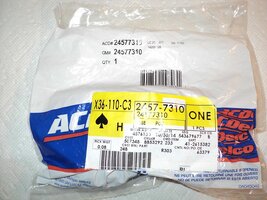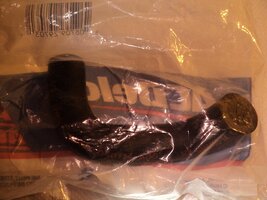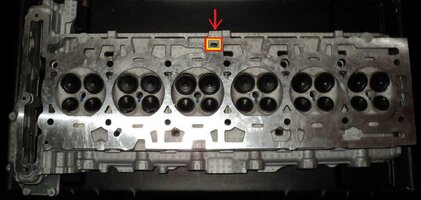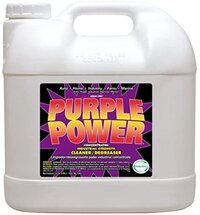Sure...
A
Sudden Backfire from within any of the cylinders burning residual Fuel and Air that escapes through any open Intake Valves inside of the Engine Head and then passing upwards through the Intake Manifold.
If this occurs, it might build up enough explosive over-pressure to Force the Air Intake Plenum Chamber to push itself loose from the Throttle Body
(assuming this is the location you are trying to describe).
Engine Backfires are usually the result of having a seriously mis-timed Motor during the period when the Ignition Timing occurs just BTDC (Before Top Dead Center). In rare cases, if enough Carbon has built up inside of the Combustion Chamber begins to act like a
"Glow Plug"... it can act like a candle igniting any residual Fuel and Air left over in the stagnant cylinder(s) once the engine is turned off and with the Intake Valves even slightly opened.
If your Radiator Hoses have
THIS Style of Clamps
(Spring Steel) and look like THIS:
View attachment 97824View attachment 97825
The Advantages of using them are:
(1) They will
NEVER Fail because when properly fitted around the OD of the Rubber Radiator Hoses or Heater Hoses and their nozzle attachment points, the
Spring Steel Clamps apply constant, uniform squeezing pressure circumferential, essentially
...FOREVER.
(2) As the Rubber Hoses age and decay or collapse and lose their shaping, the
Spring Steel Clamps keep working to close in around such defects and maintain a Good Seal.
But if your Throttle Body Intake, Radiator Hoses and Heater Hoses have
THIS Style of Clamps
(Stainless Steel, Adjustable) that look like THESE:
View attachment 97826
The Disadvantages of using this type of Clamp around the Throttle Body Intake Port Flange are:
(1) They can be Under-Tightened.
(2) They can be Over-Tightened.
(3) They have Complex Mechanical Parts that can FAIL from being Bent, Stripped Out or Suffer from Metal Fatigue Fractures within their working parts.
If the problem you describe involves the Radiator, Check the Condition of ANY Radiator and Heater Hose Clamps for the presence of
Adjustable Type Hose Clamps and inspect them for looseness or damage.
Check for any conditions of the Engine Over-heating via a Failed Thermostat, Failed Fan-Clutch, Low Radiator Coolant Levels, Failing Water Pump.


